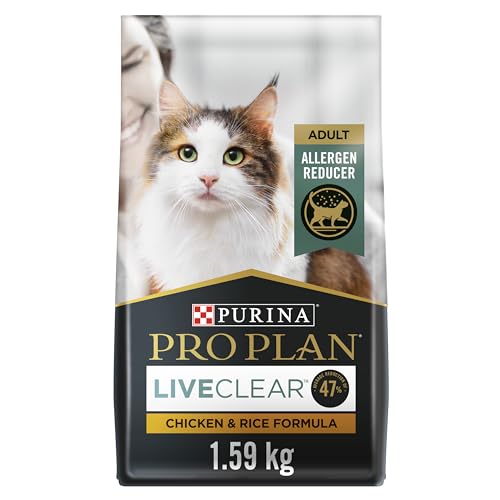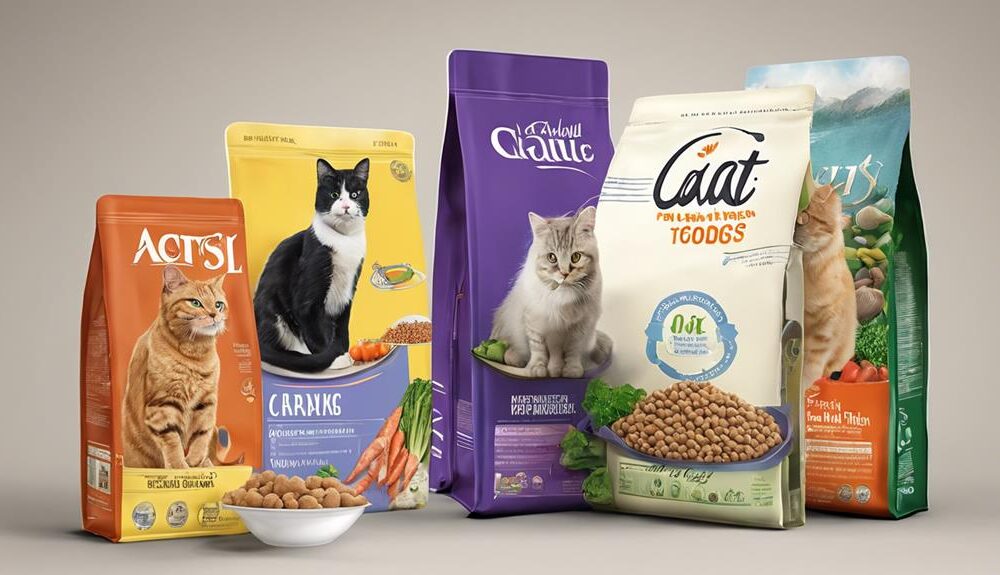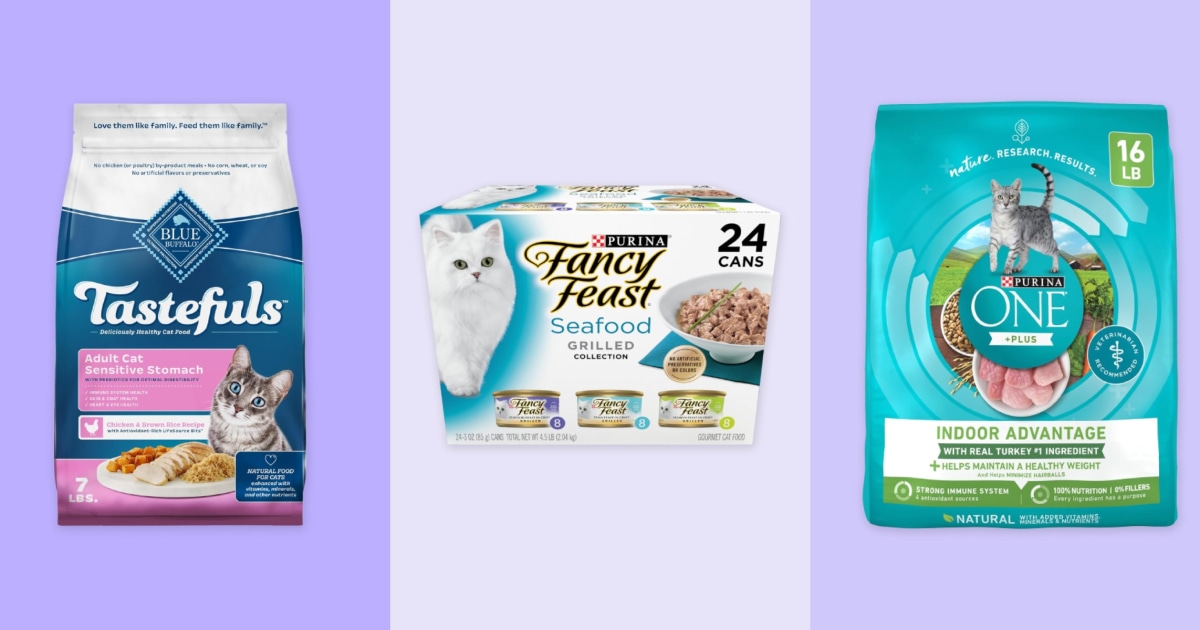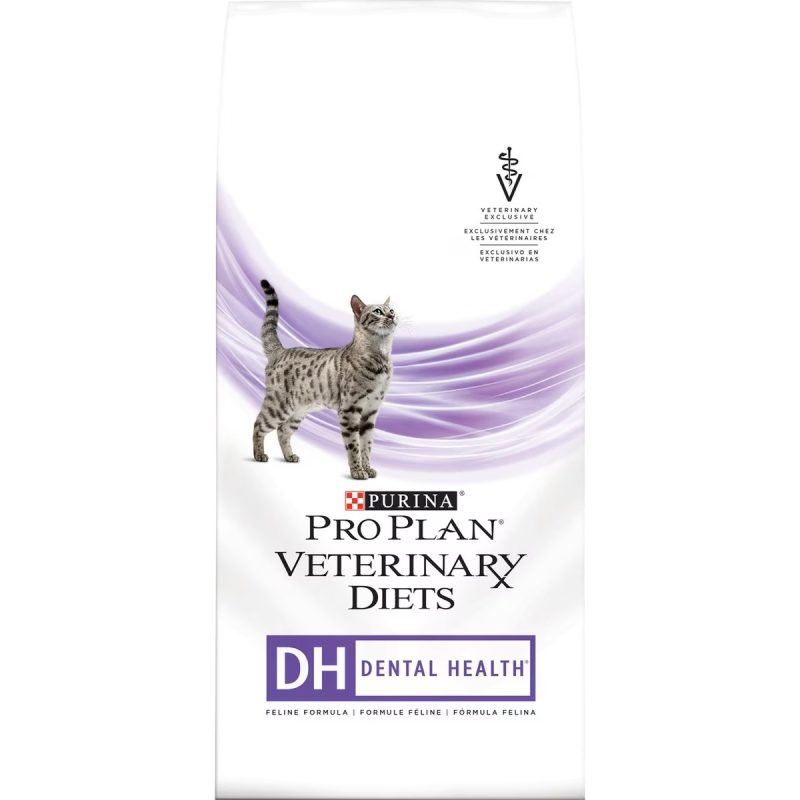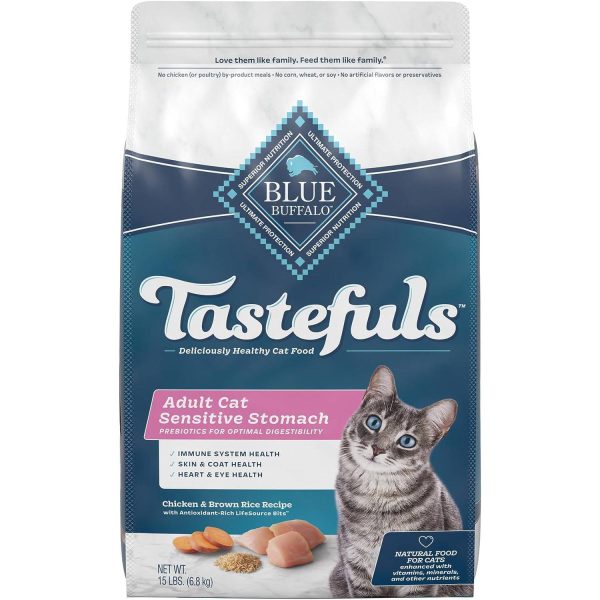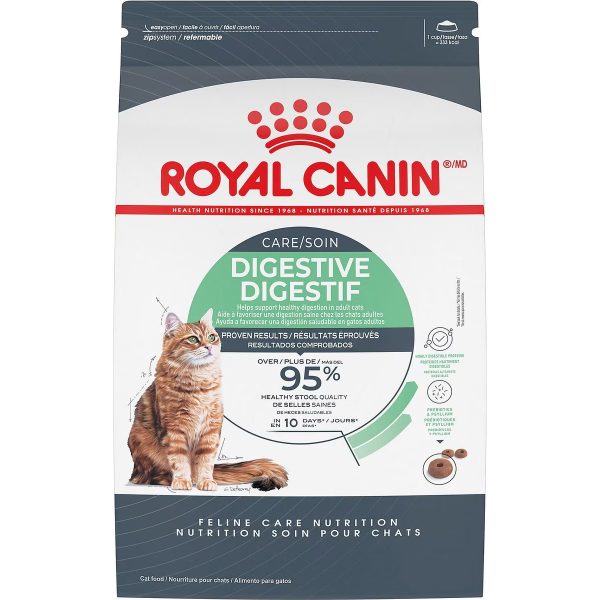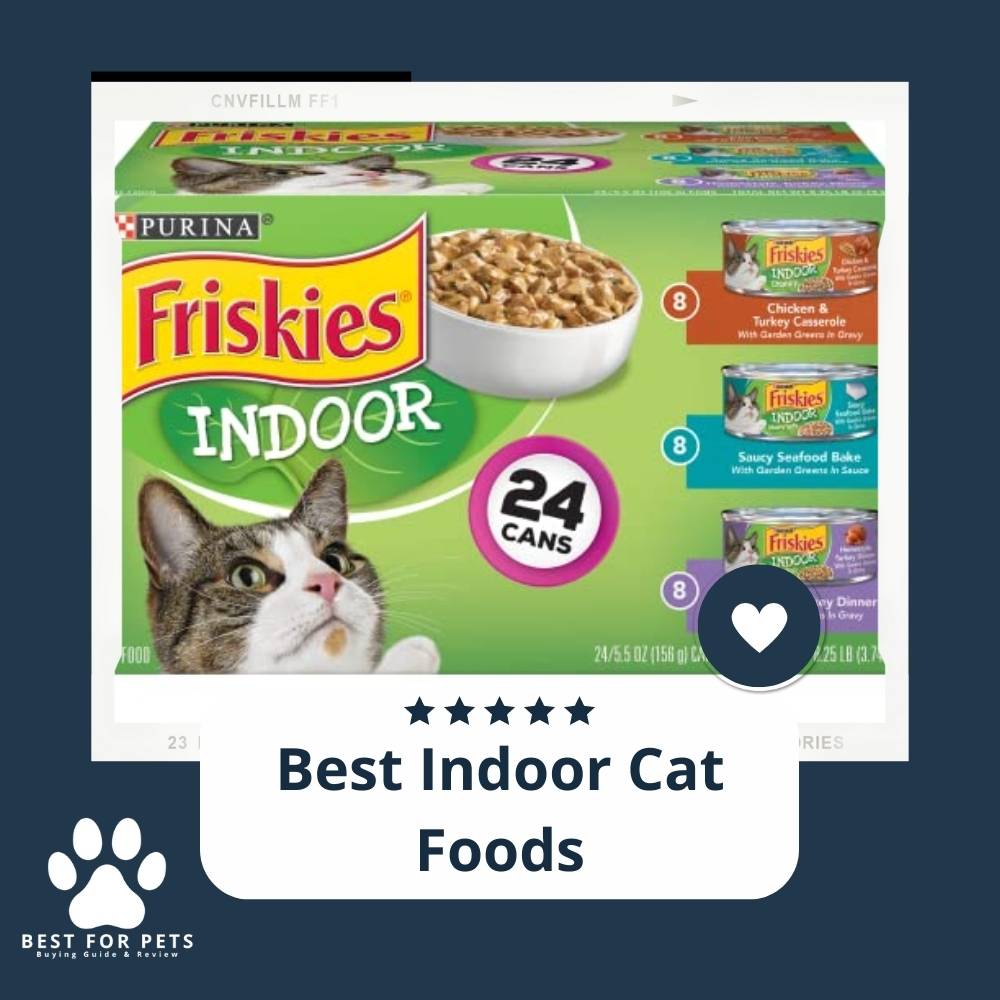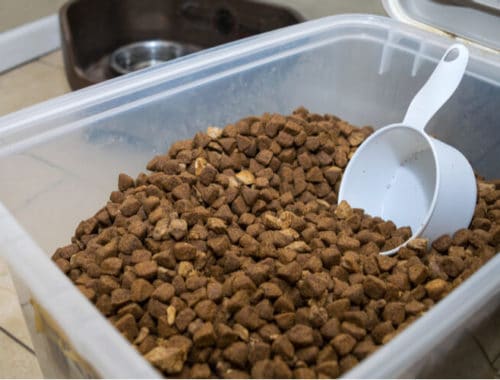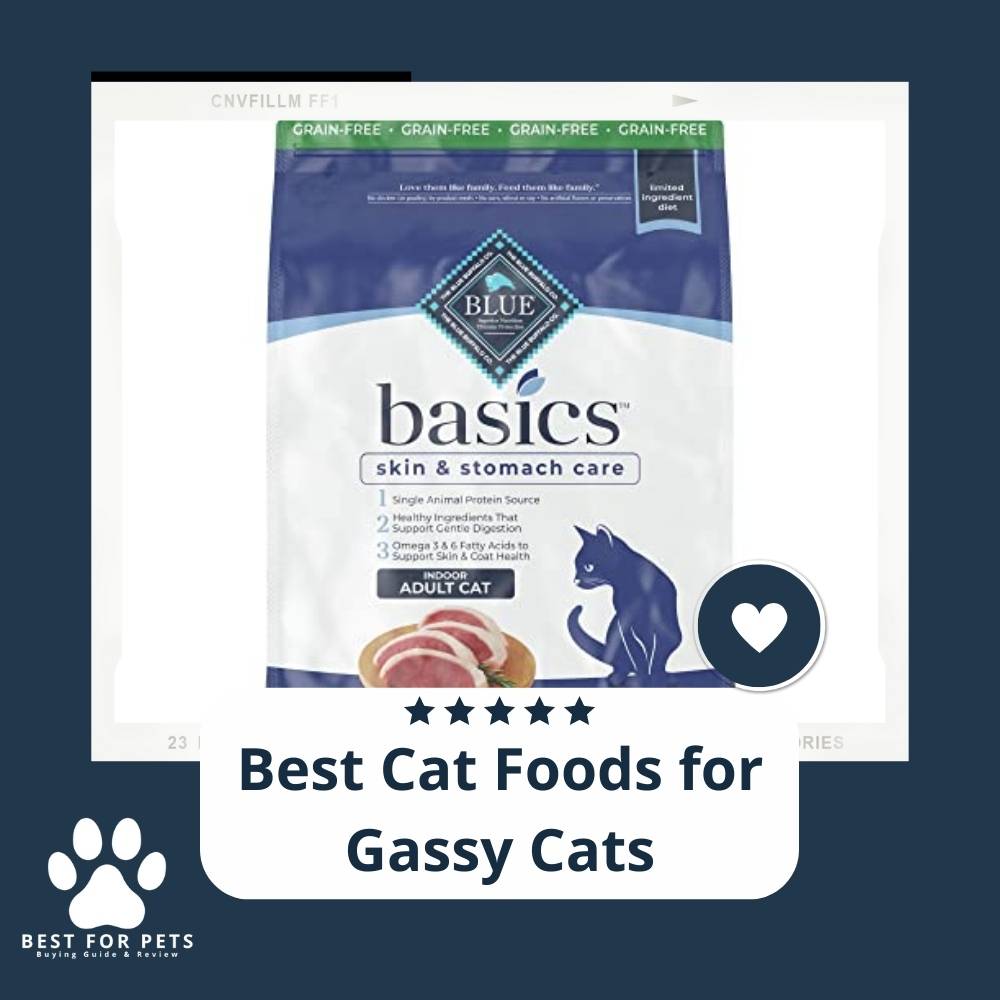Best Cat Food To Reduce Dander

For cat owners battling the constant shedding and dander, finding the right food can feel like searching for a mythical cure. While no food entirely eliminates dander, certain formulations promise to significantly reduce it, leading to less cleaning and potentially fewer allergy symptoms for both cats and their human companions. This article explores the science behind dander reduction through diet and highlights some of the top-rated cat foods currently on the market.
The key question for concerned cat owners is: what ingredients truly make a difference? We'll delve into the role of omega-3 and omega-6 fatty acids, the impact of protein sources, and the importance of hydration. This information, gleaned from veterinary nutritionists and reputable pet food reviews, offers a roadmap for navigating the often-confusing world of cat food labels.
Understanding Cat Dander and Its Causes
Cat dander consists of microscopic flecks of skin shed by cats. These flakes contain the Fel d 1 protein, the primary allergen responsible for most cat allergies in humans. Dander is constantly produced and spread throughout the environment as cats groom themselves and move around.
While shedding is a natural process, certain factors can exacerbate dander production. These include poor diet, dehydration, underlying skin conditions, and allergies. Addressing these factors through targeted interventions, like dietary changes, can significantly reduce the amount of dander released into the environment.
The Role of Diet in Dander Reduction
A high-quality diet is crucial for maintaining healthy skin and coat, which directly impacts dander production. The presence of essential fatty acids, particularly omega-3 and omega-6, plays a vital role in skin health. These fatty acids help to keep the skin moisturized, reducing dryness and flakiness, which in turn minimizes dander.
Protein quality is also important. A diet rich in easily digestible protein supports healthy skin cell turnover. Additionally, some cats may be sensitive to certain protein sources, leading to skin irritation and increased dander. Identifying and eliminating these allergens can make a significant difference.
Furthermore, proper hydration is essential for skin health. Dry cat food can contribute to dehydration, leading to dry skin and increased dander. Encouraging water intake through wet food or water fountains can help keep the skin hydrated and healthy.
Top Cat Foods for Dander Reduction: What the Experts Say
Numerous cat food brands claim to reduce dander, but some stand out based on their ingredients and customer reviews. It's crucial to consult with a veterinarian before making significant dietary changes, especially for cats with underlying health conditions.
Foods Rich in Omega Fatty Acids
Several brands prioritize omega-3 and omega-6 fatty acids in their formulations. For example, some formulas from Royal Canin and Purina Pro Plan are specifically designed to promote healthy skin and coat. These foods often contain fish oil, a rich source of omega-3 fatty acids, or flaxseed, a source of omega-6 fatty acids.
These foods are often formulated with specific nutrient profiles targeted toward skin and coat health. These include optimized levels of vitamin E and other antioxidants. These ingredients work synergistically to support skin cell function and reduce inflammation.
Limited Ingredient Diets
For cats with potential food sensitivities, limited ingredient diets can be beneficial. These diets typically contain a single animal protein source and a limited number of other ingredients. This simplifies the process of identifying potential allergens and reducing skin irritation.
Brands like Blue Buffalo and Natural Balance offer limited ingredient formulas. These foods are carefully formulated to minimize the risk of allergic reactions and promote healthy skin. However, it's essential to consult with a veterinarian to determine if a limited ingredient diet is appropriate for your cat.
Wet Food Options for Hydration
Increasing water intake can significantly improve skin hydration and reduce dander. Offering wet food is an easy way to boost your cat's fluid consumption. Many high-quality wet food options also contain essential fatty acids and other nutrients that support skin health.
Consider supplementing your cat’s diet with a high-quality wet food. Brands like Wellness Complete Health and Weruva offer a variety of wet food flavors and textures that cats enjoy. Always provide fresh water alongside wet food to ensure adequate hydration.
Beyond Diet: Other Strategies for Dander Control
While diet plays a crucial role, it's not the only factor in dander control. Regular grooming helps remove loose hair and dander, preventing it from spreading throughout the environment. Using a specialized pet vacuum with a HEPA filter can also help capture airborne dander.
Additionally, consider using air purifiers with HEPA filters to remove allergens from the air. Regular cleaning of your home, including vacuuming and washing bedding, can further reduce dander levels. If allergies are severe, consult with an allergist about potential treatment options.
Conclusion
Choosing the right cat food can be a significant step towards reducing dander and improving the quality of life for both cats and their owners. By understanding the role of omega-3 and omega-6 fatty acids, protein sources, and hydration, pet owners can make informed decisions about their cat's diet. Remember to consult with a veterinarian before making any significant dietary changes.
Ultimately, a holistic approach combining a high-quality diet with regular grooming and environmental control measures is the most effective strategy for managing cat dander. By addressing these factors, cat owners can create a healthier and more comfortable environment for themselves and their feline companions.
